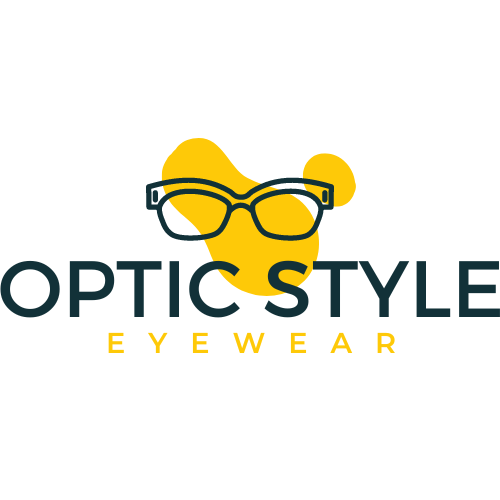The Future of Smart Glasses and Augmented Reality
Over the past decade, the world has witnessed incredible advancements in technology, with smart glasses and augmented reality leading the way. From the early prototypes like Google Glass to the more recent releases like Microsoft HoloLens, smart glasses have come a long way, and the future looks even more promising.
Smart glasses, also known as augmented reality (AR) glasses, are devices that overlay digital information onto the wearer’s view of the real world. They provide users with a hands-free, immersive computing experience, allowing them to stay connected and access information in a seamless manner. The potential uses for smart glasses are vast, ranging from everyday augmented reality applications to industrial and medical applications.
One of the most exciting possibilities of smart glasses is in the realm of entertainment and gaming. Imagine being able to play a video game by simply moving your hands or exploring a virtual world by walking around in your own living room. With smart glasses, these experiences could become a reality. Companies like Magic Leap and Oculus are already exploring this space, and as the technology continues to evolve, we can expect more immersive and interactive gaming experiences.
But smart glasses have the potential to go beyond entertainment and gaming. They can revolutionize the way we work and collaborate. With AR glasses, employees could have access to real-time information and data right in front of their eyes, enhancing productivity and efficiency. For example, a technician working on a complex piece of equipment could use smart glasses to access step-by-step instructions or receive remote assistance from an expert. Similarly, architects and designers can use smart glasses to visualize their creations in real-world environments, making it easier to make design decisions and communicate ideas.
In the healthcare industry, smart glasses could be a game-changer. Surgeons can use them to overlay vital signs and patient information during operations, improving accuracy and reducing the risk of errors. Additionally, smart glasses can assist healthcare professionals in training and education, providing a hands-free and immersive learning experience for students and practitioners. This could enable healthcare providers to deliver better patient care and improve overall outcomes.
As exciting as the potential of smart glasses is, there are still challenges that need to be addressed before they become mainstream. One of the biggest hurdles is the form factor. Current smart glasses are bulky and can be uncomfortable to wear for extended periods. Manufacturers need to develop lighter and more stylish designs that users would feel comfortable wearing throughout the day.
Another challenge is the privacy and ethical concerns surrounding smart glasses. With the ability to record and capture audio and video, there is a risk of invading people’s privacy or misusing the data collected. It is crucial for developers and policymakers to establish robust privacy guidelines and security measures to address these concerns.
Despite the challenges, the future of smart glasses and augmented reality is bright. As technology continues to advance, we can expect to see more advanced and affordable smart glasses hitting the market. The integration of artificial intelligence and machine learning will enable smart glasses to adapt and personalize experiences based on individual preferences and needs. This will further enhance the user experience and make smart glasses an integral part of our daily lives.
In summary, the future of smart glasses and augmented reality is filled with endless possibilities. From gaming and entertainment to healthcare and industry, smart glasses have the potential to reshape how we live and work. As the technology evolves and becomes more accessible, it is essential to address the challenges and concerns to ensure a future where smart glasses can truly enhance our lives.
